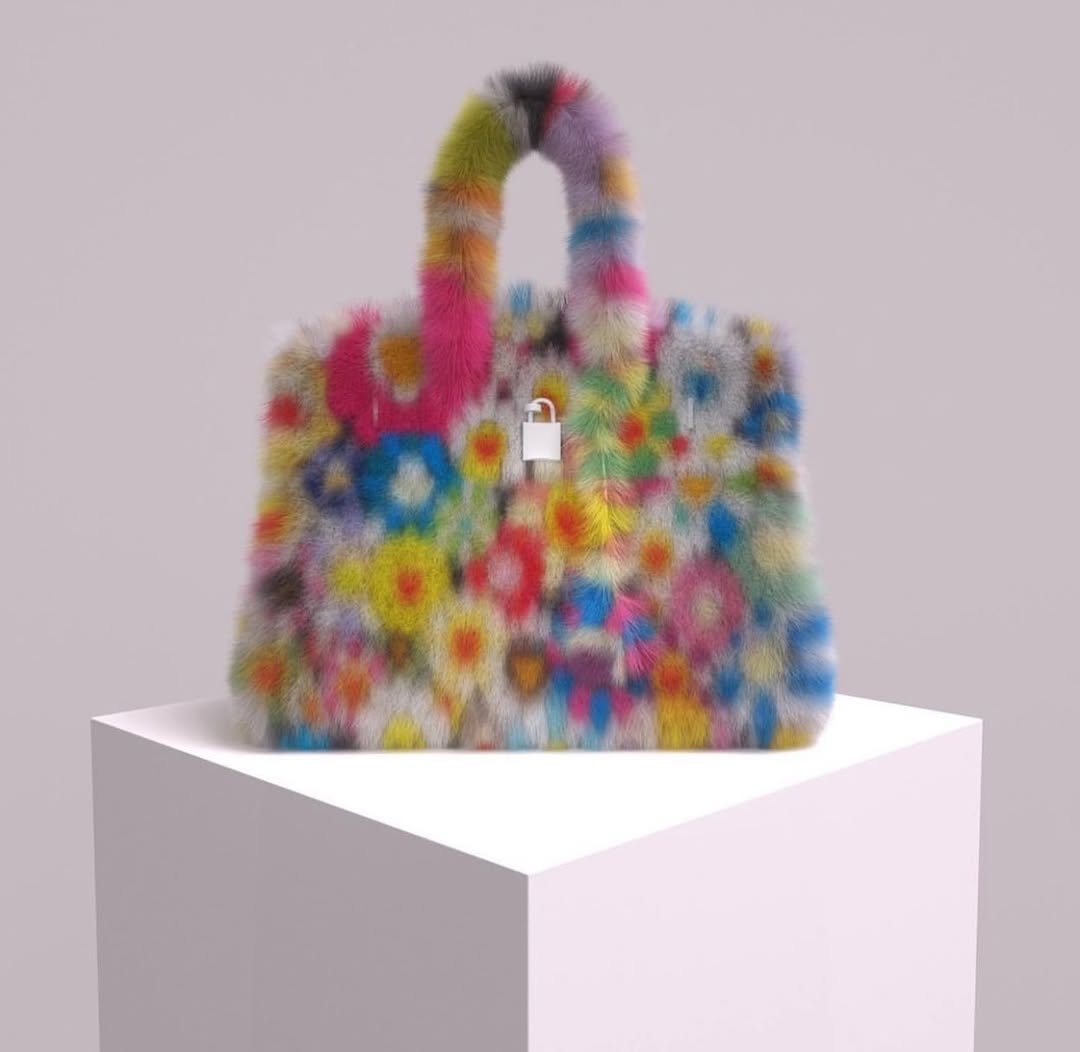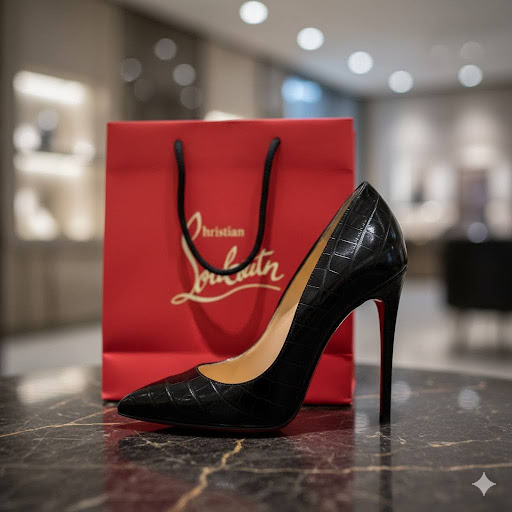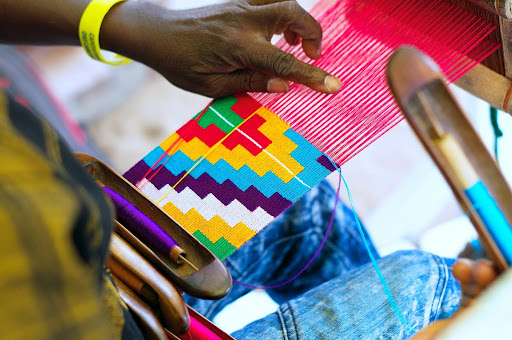The metaverse is an exhilarating frontier of possibilities, where style intersects with future technology in a dynamic, experiential world. The metaverse, a combination of virtual and augmented reality, as well as blockchain technology, has incited a revolution, not just in terms of communication but also purchasing and signifying the essence of identity. It is a virtual platform where individuals and brands can both have an online presence. High-end labels such as Gucci, Nike, and Balenciaga have already begun making headlines here, opening virtual stores, introducing NFTs (non-fungible tokens), and designing virtual clothes for avatars. NFTs, or Non-Fungible Tokens, are unique digital assets, and their ownership is recorded in a secure manner using blockchains. But with this revolutionary shift comes a thicket of trademark complexities that obscurate the definition of ownership between the physical and the virtual. Let us explore the world of virtual fashion, as we scratch the surface of trademark law and the dynamic landscape that protects brand identities within the metaverse.
The Fashion Metaverse Symphony
The emergence of virtual fashion in the metaverse has given birth to a billion-dollar industry, beautifully amalgamating gaming, socialisation, and e-commerce. Virtual retail hubs have turned out to be thriving hubs for virtual retail destinations such as The Sandbox, Roblox, and Decentraland. In 2021, Gucci Garden on Roblox witnessed virtual goods sell for prices that rivalled, and even surpassed, their physical counterparts, which simply reflects the value that digital goods can accrue. Nike’s acquisition of RTFKT Studios, an early digital shoe pioneer with a focus on NFT collectable products, is a significant indicator of the intermingling of blockchain technology and fashion on a profound level. One way brand owners connect with consumers in the metaverse is by presenting unique digital duplicates of their products as NFTs through online games and marketplaces. One of the best examples of this is Dolce & Gabbana (D&G), which dropped a series of nine NFTs. There has been a substantial rise in the number of brands exploring the metaverse, driven by the goal of boosting consumer engagement and establishing a foothold in the virtual economy. Several companies are investing in virtual real estate to strengthen their presence in this emerging domain. Notably, in February 2022, Gucci purchased an undisclosed plot of land in The Sandbox to launch an innovative interactive project titled Gucci Vault.
However, with such exhilarating opportunities come tremendous legal hurdles, particularly in the areas of trademark protection, infringement, and navigating jurisdiction in non-hierarchical spaces.

Trademark Law and Virtual Goods
Historically, trademark law protected the signs, names, and logos that differentiate brand names in the marketplace. But what if such identifiers have no existence beyond the computer network? Take the example of trademarking “handbags” traditionally in Class 18. The big question that arises from this is whether this extends to virtual handbags sold as NFTs. To catch up with this online development, brands such as Nike, Ralph Lauren, and Hermès have taken proactive measures and filed trademark applications for virtual products in Classes 9, 35, and 41, from downloadable virtual content to online store services and entertainment services.
This advance planning highlights an important epiphany: even in the nonphysical world of the metaverse, commerce generates real economic value and necessitates proper legal protection. In most jurisdictions, the first to file wins the trademark rights. Even in the United States, where first use in actual commercial use normally determines priority, there must be early filing of an intent-to-use basis. This makes the filing date equivalent to the first use date, although the product will be rolled out afterwards.
Tragically, the prospect of the metaverse has drawn out unscrupulous individuals who are hopeful of profiteering from this development by making preemptive or bad-faith trademark filings. Several fake filings for big-brand names, such as Prada and Gucci, have emerged, especially in the U.S. These rogue filings have proven to be significant headaches for genuine brand owners, resulting in expensive contests and depleting resources.
While others, such as Hermès, choose to stay grounded in the physical world, with an appreciation for the exclusivity and hand-craftsmanship that underpin their heritage, this has not protected them from online misuse. In late 2021, Hermès was embroiled in a scandal when unauthorised “MetaBirkins” NFTs that substantially resembled its legendary Birkin bag appeared on the OpenSea marketplace. Despite selling for staggering prices, reportedly reaching a total of around USD 1 million in sales, Hermès promptly lodged a lawsuit in an effort to counter this infringement and protect its brand integrity online.

Enforcement of Trademarks in The Metaverse
Enforcement of trademark rights in the metaverse is not simple. Virtual spaces do not heed geographic boundaries and allow infringement from jurisdictions without a clear legal recourse for resolution. Many metaverse spaces also exist on distributed blockchain networks, making enforcement harder. For example, if a brand is registered in the US under classes 19 or 41, that does not provide protection in India. But the same metaverse can be accessed in the US and in India. What does it say about brand protection? This question is rather tricky to answer and can only be solved when there is a standardised regulation for the virtual world.
Brand Strategies for Intellectual Property Protection in the Metaverse
While apparel companies continue to move deeper into the metaverse, it’s clear that conventional intellectual property protections will need to evolve in response to the unique threats posed by virtual commercialisation. The metaverse is an environment filled with imagination and unique customer engagement possibilities, but it also brings unprecedented threats such as counterfeit NFTs, digital plagiarisms, and unauthorised virtual products. To succeed in this new environment demands creative thinking and clever action. Virtual fashion in the metaverse holds tremendous promise. With proper trademark protection, companies can feel at ease entering this vibrant new universe with their identities in tow and their fans’ imaginations captivated.


















